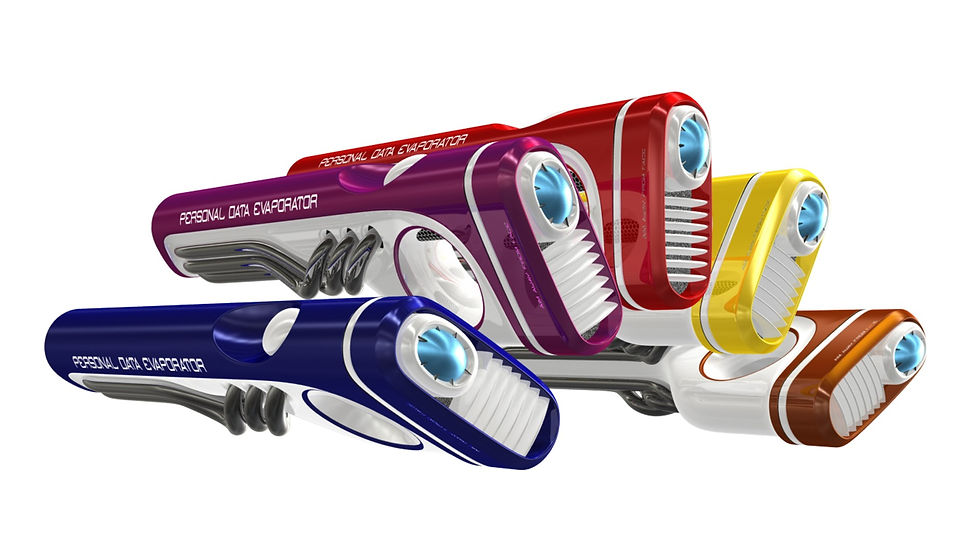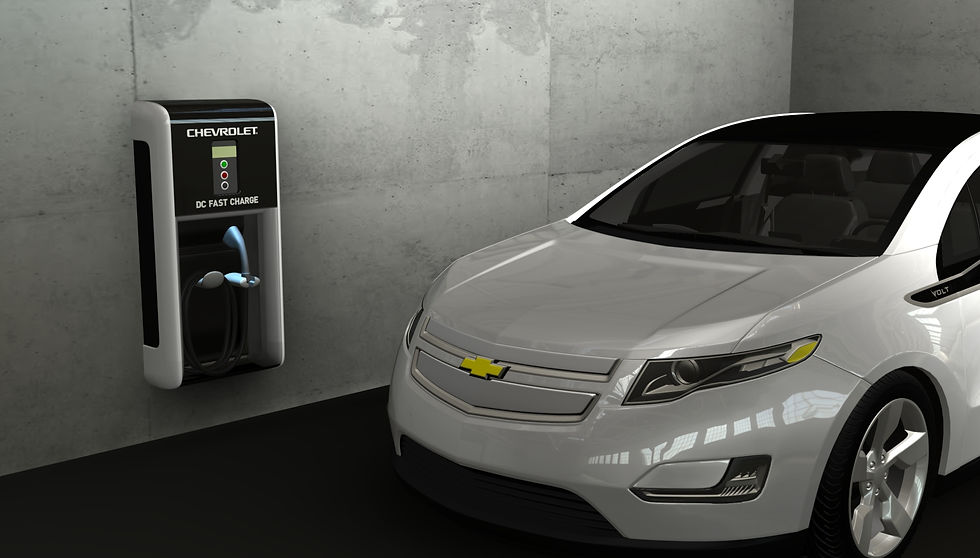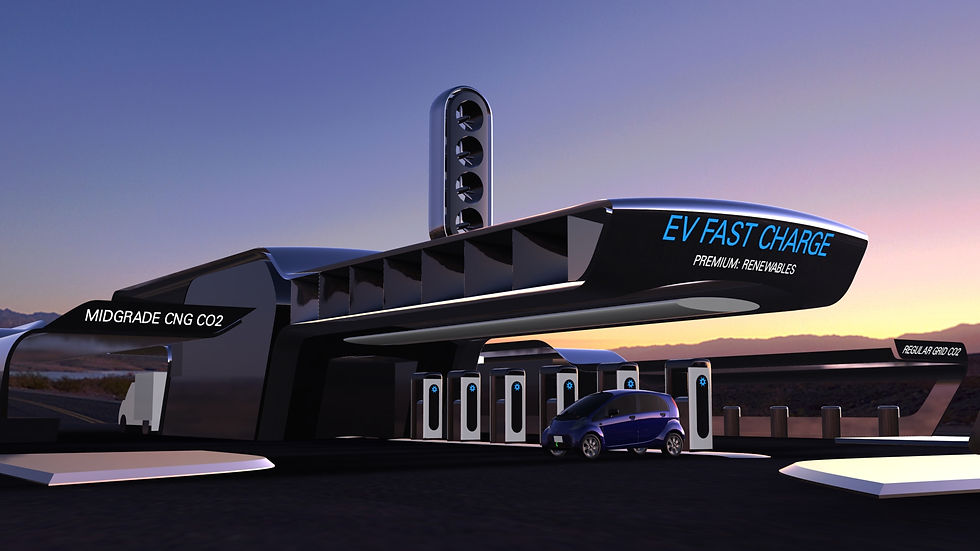When change isn't a good thing.
Not everything is a high-ideal, super- serious design project.
Design happens every day.

Spiderman Storyboarding
Have you ever felt like a project was doomed from the start but couldn't stop yourself from getting sucked in?
Back in 1995, a Detroit-based production company was pitching a different take on a Spiderman script, so I threw my hat in. Instead of Mr Parker donning a red jumpsuit and calling it a day, this version transformed him into a full-on spider.
After proposing a concept called "cell tracking," I headed to a now-bankrupt Borders for coffee, research and a new sketchbook.
Early sketching focused on the details of the transition - eyes, hands, feet and face. I was looking for ways to track “origin” cells to their “destination.” Eyes divided like runny eggs from one to four and ribs became extra legs.
Next, I had to find a mid-point in the transition - a pause that would allow Peter to come to terms with the insanity of turning into a spider.
Apart from the high-minded Kafka reference, this was meant to take advantage of advances in computer generated special effects. And it saved the final transformation for later in the script – something the producer seemed to like.
Ultimately, it was a dead end. Characters like Spiderman occupy a place in pop culture that’s immutable. That’s not how the producer delivered the bad news, but I got the idea.
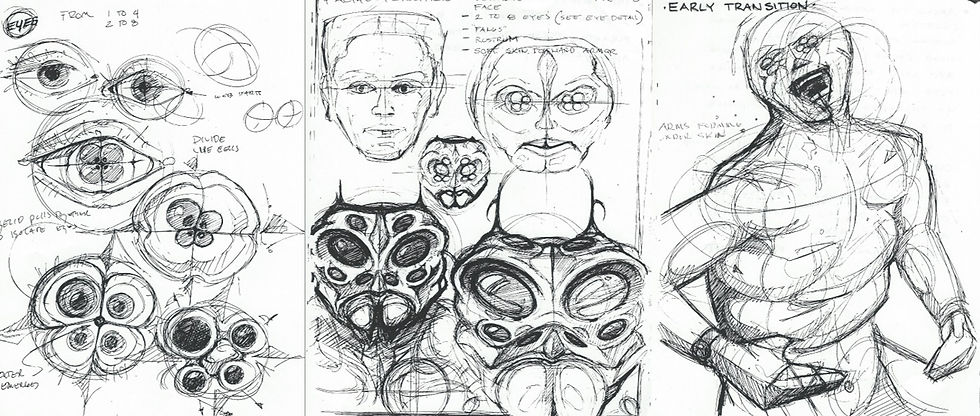
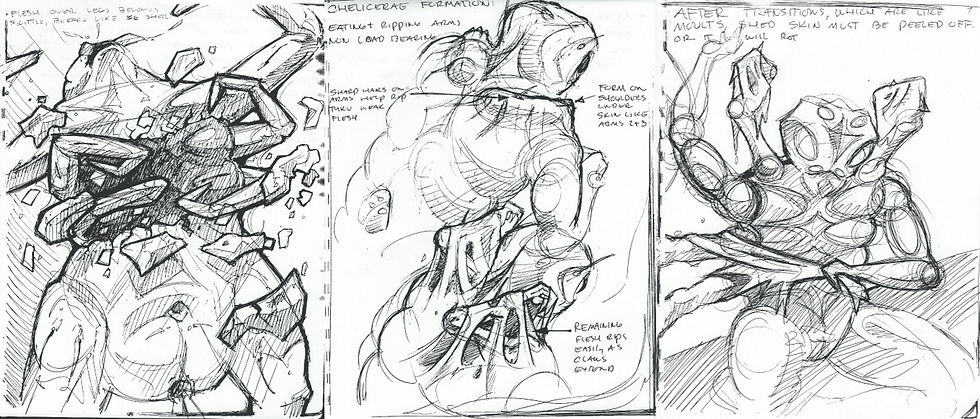




Cardboard Creatures
For us, Halloween means going to Costco to get the obvious – gigantic bags of candy – and something sweeter: all the cardboard we can carry.
Why? Trunk or Treat.
Then it’s time to turn on the glue guns, shake the rattle cans, make a trip to The Sally and warm up the smoke machine.
Gotta give 'em a good show!



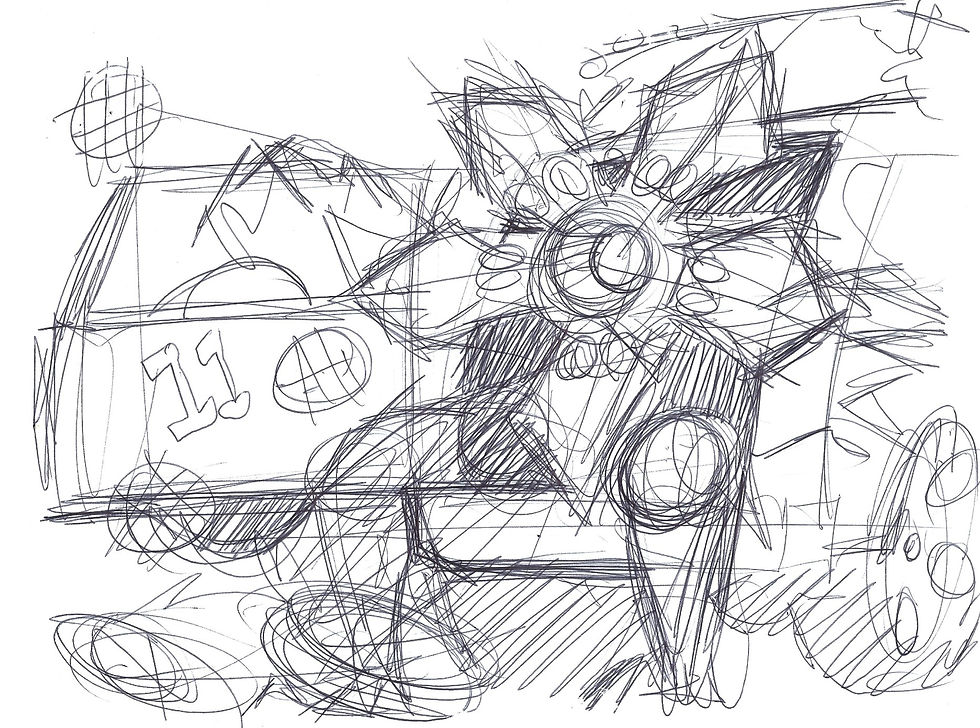
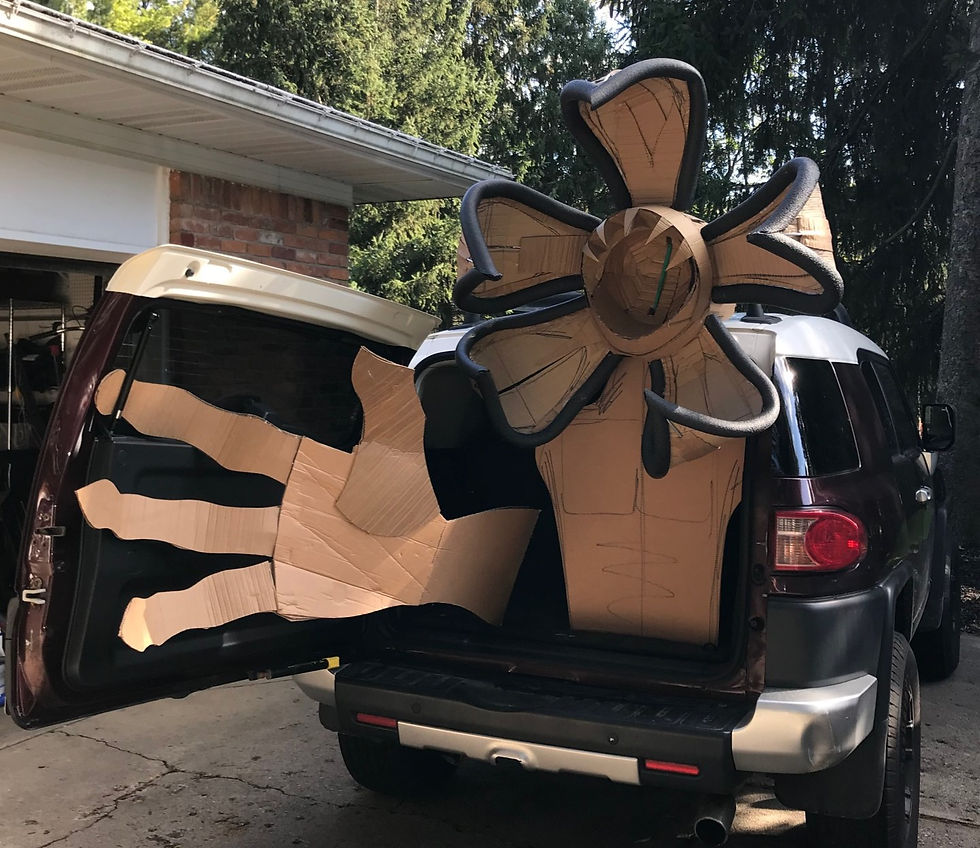
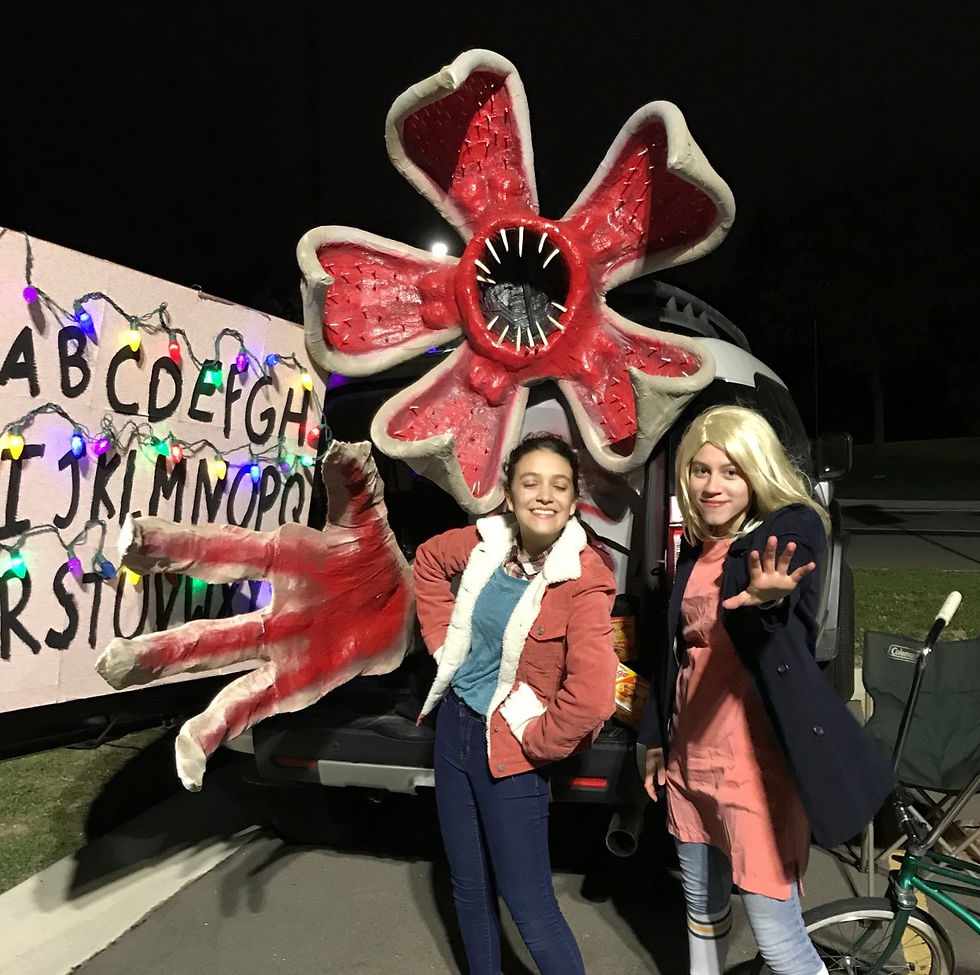
Asking the Right Question
While doing some housecleaning, we found a pile of old iPhones. After a few minutes marveling at how small they seemed, we talked about donation. Almost immediately, anxiety set in: yeah, I reset them, but what if my data is still in there? Thanks to Google, I learned I wasn't alone.
The number one cause of “phone hoarding” is fear, which in turn prevents old (but still useful) phones from enjoying a second life. So I reframed my anxiety as a question: "How might my old devices help new users while letting me sleep soundly?"
Running the idea by a friend in venture capital, we hatched the idea of a “personal data evaporator,” an inductive, handheld device capable of identifying and eliminating data from whatever you point it at. And because we dig old American iron, we agreed it should look like “the Doctor’s Car” – a late 50’s Buick.
Framing central questions isn't new. I’ve used them to solve client and business problems. For example, when studying barriers to EV acceptance, we saw concerns about running out of range after the daily commute.
Seeing an opportunity to help EV considerers, we framed the question as, “Can I recharge in the time it takes to make dinner so we can cruise gas-free to my kid’s soccer game?” From there, we developed a concept for an 18kW EV fast charger for the home.
